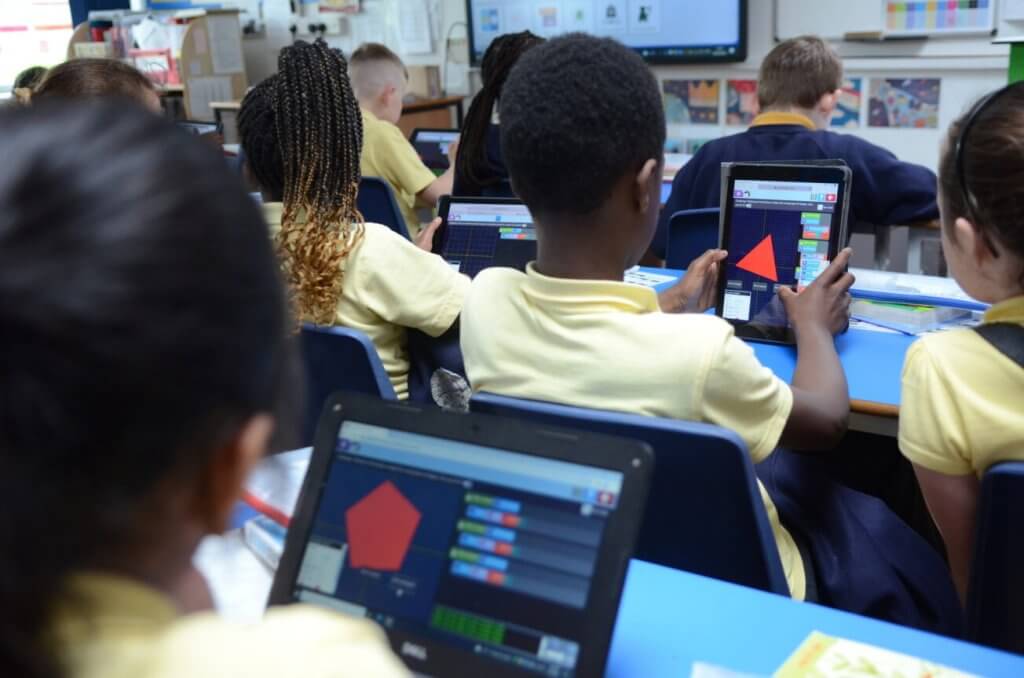According to the Anti-Bullying Alliance, one child in every classroom experiences bullying every day. Bullying is a pervasive problem, with 30% of all children having been bullied in the last year alone, and 17% of children being bullied online.
Apart from the immediate effects bullying can have on young people (increased likelihood of depression, anxiety, sleep problems, and disengagement), being bullied also predisposes children to face a host of challenges in their adulthood: mental health issues, problems with physical health, lower pay, difficulty with relationships, and a higher chance of unemployment. Needless to say, being bullied also has an impact on academic performance and school-leaving qualifications, the effects of which can be felt for many years to come. In fact, research suggests that the long-term impact of bullying can sometimes be even worse than that of child abuse.
Bullying is such a consistent problem for governors and senior leadership teams that “bullying and cyberbullying” ranked highest in the list of safeguarding concerns in this year’s Annual Governance Survey by the National Governance Association; 52% of respondents reported a rise in bullying and cyberbullying at their school this year. It is perhaps unsurprising that National Anti-Bullying Week is enthusiastically engaged with by schools and trusts up and down the country every year, and this year’s will be no exception. The theme for 2023 is “Make A Noise About Bullying”, encouraging teachers and children to do something positive to counter the harm that bullying causes.
The difficulty facing educators and safeguarding teams is that, quite often, children don’t make a noise about their bullying experiences. Bullied children can face a loss of confidence, anxiety around reporting bullying incidents, and internalised feelings of blame. To make things more complicated, technology has made it possible to extend bullying behaviours beyond the classroom and the playground, typically in subtle, nuanced, and coded ways that can easily go unnoticed at school. School-owned devices such as laptops and iPads have become an integral part of education, but they can also facilitate aggressive and coordinated cyberbullying events, even when children are not physically in school.
What can we do?
To help keep on top of bullying and bad behaviour on school devices, we can call on intelligent and discreet device-monitoring software to flag these concerns to a designated safeguarding lead. While physical monitoring and supervision are still important in the classroom, it is simply not possible to keep track of every website visited, every message sent, and every search engine query made through physical monitoring alone – nor would we want to see all of that information.
Children’s online privacy and protection can both be prioritised, by asking our monitoring systems to alert us only when there has been evidence of a potential safeguarding violation on a school device. This could be a high-risk website that has been mentioned, a worrying search term entered into Google, or a hateful message sent via Microsoft Teams, for example. Because bullying can take many forms, we also need to be sure that the monitoring will pick up on subtle cues in language, as well as the latest internet slang and potentially harmful images.
We can also monitor school devices for any digital signs of being bullied: indicators of low mood, depression, anxiety, or other language that we would typically find in disclosures of bullying. This way, even when a child doesn’t “make a noise about bullying”, we still have a way of spotting it online.
Senso.cloud: here to support you
We know how difficult safeguarding a large school or multi-academy trust can be. There might be thousands of school devices across a number of sites, each one with its own particular safeguarding needs and distinct student demographics. With the help of Senso.cloud, you can easily manage and monitor sites of all sizes, remotely, and without installing any on-premises servers. The latest data-driven keyword libraries are already built in, spanning safeguarding concerns such as adult content, bullying, extremism, mental health, violence, and self-harm, and the most critical alerts are sent directly to the designated safeguarding lead for immediate triage. The monitoring system is also highly customisable, offering schools the ability to create their own custom keywords that are specific to their environment, and setting parameters around who may access the monitoring logs and at what times.
Keeping children safe in education takes a whole-school effort, and while filtering and monitoring systems are just one part of that safeguarding strategy, they are an integral one. Bullying that takes place in the classroom simply continues online, and by having the right tools in place, we can take steps to address them both. Even when children don’t alert us to a bullying problem, Senso can!
Visit the Senso.cloud website to learn more about their safeguarding solutions.
Get in touch with our IT team to find out how we can help to keep your school devices safe, secure, and protected at all times.
About the Author
Emma Franklin is the Head of Safeguarding at Senso.cloud. Senso is a cloud-based platform for device monitoring and management in education. Alongside innovative safeguarding solutions, they also provide training for teachers and DSLs, as well as resources to help schools stay compliant with the latest statutory guidance.
Please complete the form below and we will get in contact as soon as we can to help you with your query.












